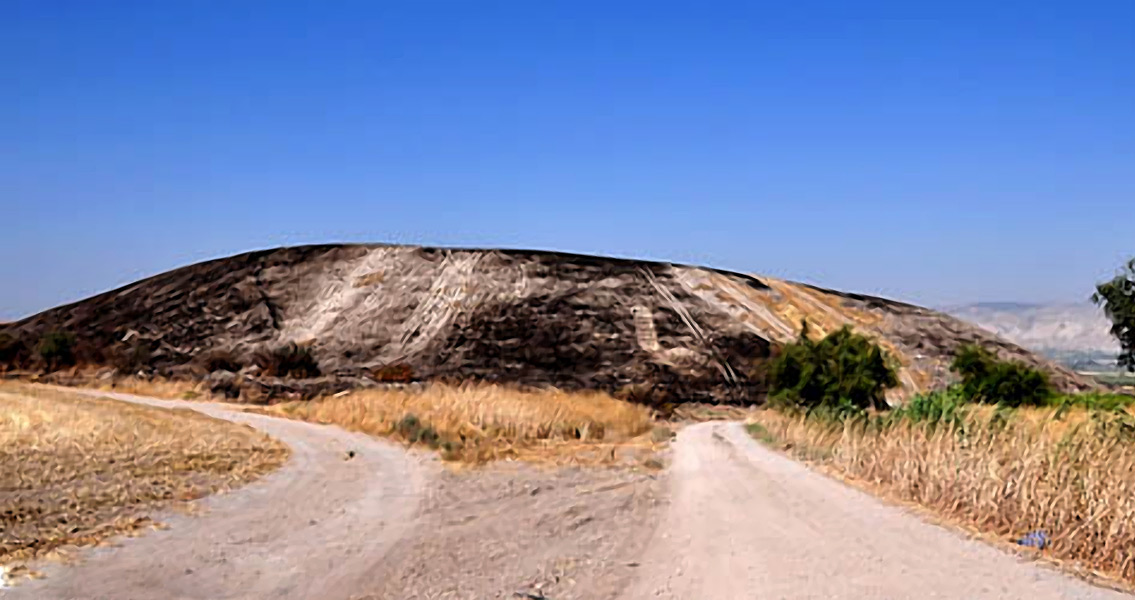<![CDATA[Seven-year-old Ori Greenhut from the Beit She'an Valley in Israel was hiking with friends at Tel Rehov when he spied an object lying in-between the rocks. Once he rubbed off the caked-on mud and a face emerged and the object turned out to be a clay figurine of an unclothed woman. The Greenhut family relinquished the figurine to the Israel Antiquities Authority, and experts there have determined the figurine is typical of other artifacts associated with the Canaanite culture from the 15th to 13th centuries BCE. Amihai Mazar, a professor emeritus with the Hebrew University and the expedition director for Tel Rehov archaeological excavations performed the examination of the figurine (which portrays a naked woman formed with soft clay that’s been pressed into a mold) and told the Heritage Daily, “It is typical of the Canaanite culture of the 15th–13th centuries BCE. Some researchers think the figure depicted here is that of a real flesh and blood woman, and others view her as the fertility goddess Astarte, known from Canaanite sources and from the Bible. It is highly likely that the term trafim mentioned in the Bible indeed refers to figurines of this kind”. Mazar went on to say, “Evidently the figurine belonged to one of the residents of the city of Rehov, which was then ruled by the central government of the Egyptian pharaohs”. Tel Rehov is a well-known archeological site located in Rehov which was a central city in the Bronze Age and Iron Age located west of the Jordan Valley. In its day, the Israelite/Canaanite city had a population of approximately 2,000. Excavation and archeological research at the archeological site have been conducted almost continuously since 1997. Findings related to the Iron age II era in particular have played an important role in the ongoing debate around the sequence of events associated with the formation of the United Monarchy of Israel. Evidence from the Late and Early Bronze Age as well as a medieval occupation have also been discovered. The oldest and perhaps best known discovery at the site was related to beekeeping. It was reported in 2007 that 30 beehives, still intact, along with the remains of 100 to 200 others dating back to the mid-10th/early 9th centuries B.C.E were discovered, evidence of an advanced beekeeping and honey-producing industry existed there 3000 years ago. Ori Greenhut was awarded with a Certificate of Appreciation for Good Citizenship by the Israeli Antiquities Authority at his school, Shaked Elementary, when representatives made an appearance in his classroom, not only to present him with the certificate but to reveal the results of their examination of the object. The Antiquities Law of the State of Israel of 1978 was enacted by Israel and nationalized all antiquities in an attempt to eradicate the issues surrounding the illegal activities associated with national artifacts. It pertains not only to the rights, but also the obligations around the discovery (and ownership) of ancient artifacts and regulates their exportation.]]>
Seven-Year-Old Boy Becomes Accidental Archeologist
